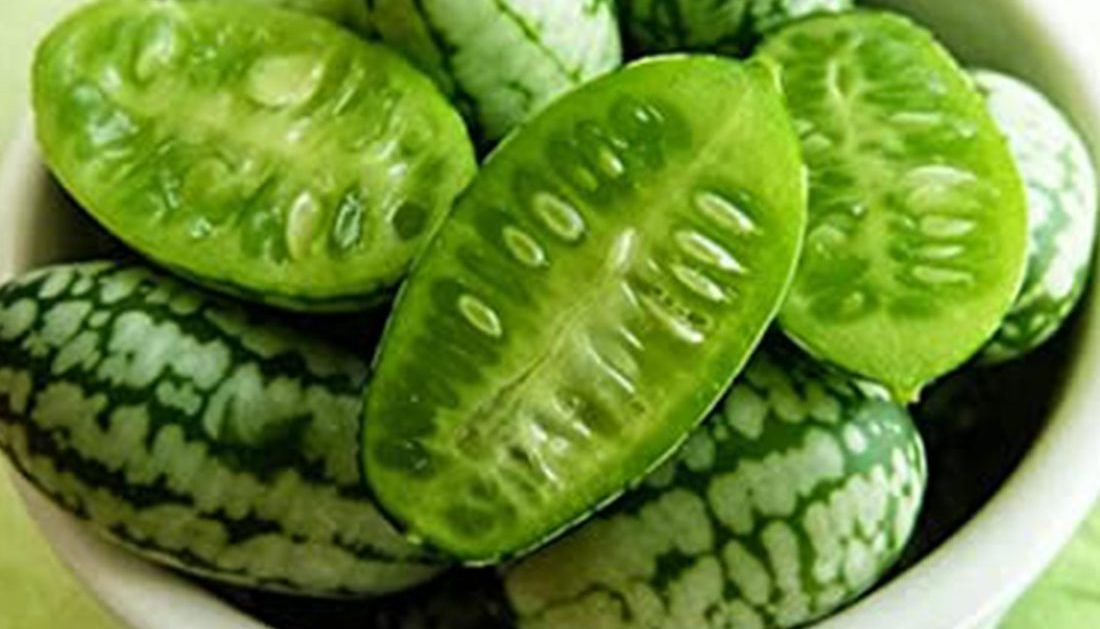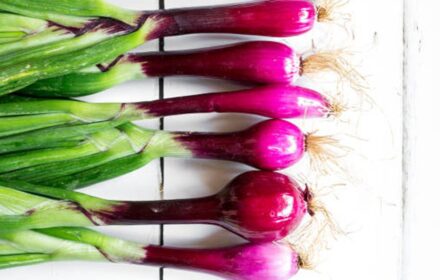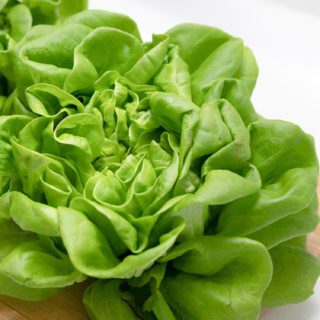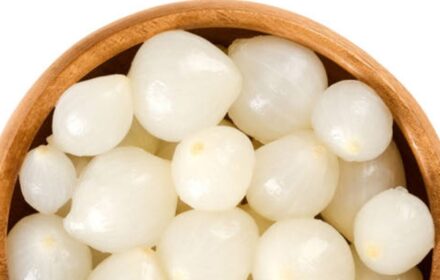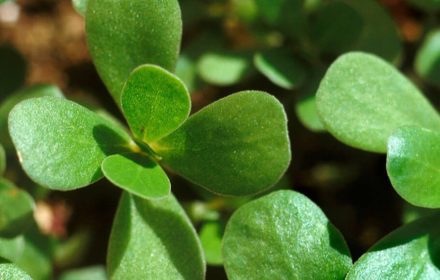How to Sow and Grow Cucamelon Seeds in the UK
Cucamelon (Melothria scabra) is a fast-growing perennial vine, also known as the Mexican sour gherkin or mouse melon. Despite its tropical origins, it’s well-suited for UK gardens when grown in the right conditions. The small, grape-sized fruits have a refreshing taste resembling a mix of cucumber, watermelon, and lime, making them a unique addition to salads, drinks, or snacks. With proper care, this climbing plant can grow up to 3 metres tall, providing an abundant harvest between July and September.
Why Grow Cucamelon?
- Unique Flavour: The mini fruits are tangy and refreshing, ideal for salads, pickling, or as a garnish.
- Minimal Pests: Unlike cucumbers, cucamelon is rarely affected by common garden pests.
- Climbing Habit: Its vigorous growth makes it ideal for trellises, greenhouses, or sunny outdoor walls.
- Perennial Growth: In warmer areas or when grown indoors, cucamelon can regrow from its tuber year after year.
When to Sow Cucamelon Seeds
- Indoors: Sow seeds indoors from mid-spring (March to April) for the best head start.
- Greenhouse: Start seeds directly in a greenhouse or under cloches for better warmth control.
Step-by-Step Sowing Guide for Cucamelon Seeds
- Choose Pots: Fill 3-inch pots with seed compost or well-draining potting mix.
- Sowing Depth: Sow seeds 1/2 inch (1.25 cm) deep and cover lightly with compost.
- Temperature: Keep the pots in a heated propagator or warm location between 20-25°C (68-77°F). This is essential for germination.
- Moisture: Water gently to keep the soil moist but avoid waterlogging.
- Germination Time: Seeds will germinate in 10-14 days under optimal conditions.
- Transplanting and Spacing: Transplant seedlings to their final growing location about 3 weeks after sowing, once they are strong and have at least two sets of true leaves. Take care not to damage the delicate taproot, as cucamelons are sensitive during transplanting, and space plants about 12-18 inches apart to allow room for their climbing habit.
Choosing the Growing Location
- Outdoor Growing: Select a sunny, sheltered spot in well-draining soil enriched with compost.
- Greenhouse or Pots: Cucamelons thrive in unheated greenhouses or large containers with proper support structures.
Caring for Cucamelon Plants
- Watering: Cucamelons are more drought-tolerant than cucumbers, so avoid overwatering. Water when the top inch of soil is dry, particularly during flowering and fruiting.
- Support: Provide trellises, netting, or vertical structures for the vines to climb, as they can grow up to 3 metres tall.
- Feeding: Fertilise every 2-3 weeks with a general-purpose feed or tomato fertiliser to encourage flowering and fruiting.
Harvesting Cucamelon
- Timing: Begin harvesting from July to September once the fruits reach the size of small grapes (about 1-2 cm long).
- Harvest Regularly: Picking the fruits encourages the plant to produce more throughout the season.
- Overwintering Cucamelons: In milder climates or indoors, the plant can survive as a perennial by storing energy in its underground tuber.
- Outdoor Plants: In late autumn, mulch heavily around the base to protect the tuber from frost.
- Indoor Growth: Dig up the tuber and store it in a cool, dry place or keep the plant in a frost-free greenhouse.
Common Questions About Growing Cucamelon
- Do cucamelons need pollination to set fruit? Yes, cucamelons benefit from insect pollination. In greenhouses, you may need to hand-pollinate by transferring pollen between flowers using a soft brush.
- Can I grow cucamelon in containers? Yes, cucamelons thrive in large pots or containers, provided they have ample support and a sunny location.
- How do I prevent overwatering? Check the top inch of soil before watering, and ensure your pots or garden beds have good drainage to avoid root rot.
By following this guide, you can grow an abundant supply of delicious cucamelons in your UK garden. Their refreshing taste, easy-care nature, and ability to thrive in a variety of conditions make them a must-have for adventurous gardeners.

